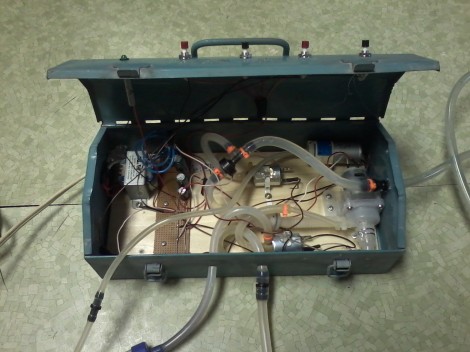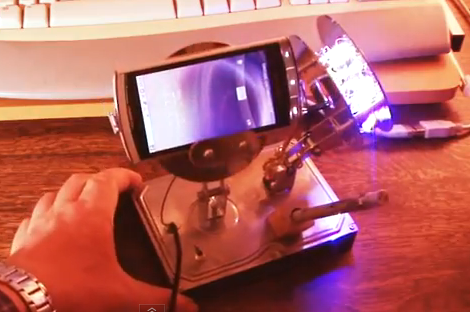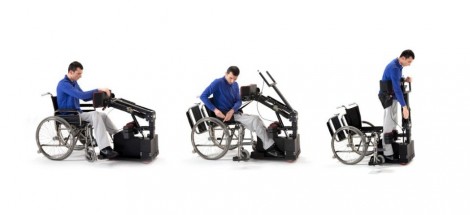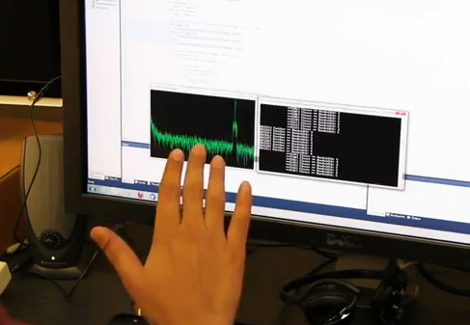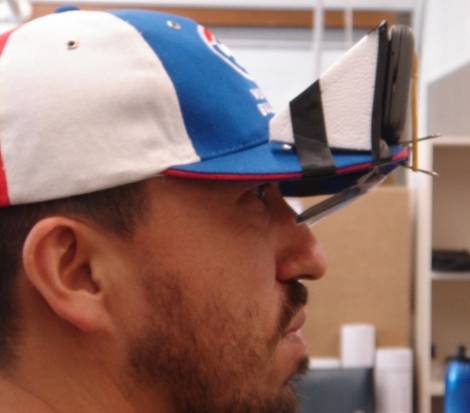
[Matt Kwan] says that coming up with a personal heads-up display wasn’t that hard. Well that’s because he made design choices that make all the difference.
The goal here was to add some augmented reality to his field of vision. He went with a baseball cap because it’s a pretty easy way to strap something to your head. You can’t see it from this angle, but the setup requires you to cut a rather large hole in brim. The image from a smartphone (HTC Desire Z in this case) which is situated with the screen pointing toward [Matt’s] forehead. The screen reflects off of a small mirror, guiding the image down through a Fresnel lens mounted in the hole of the brim. The image is reflected a second time by the plastic in front of his eyes which is coated with a slightly mirrored material. Since the image is reflected twice it appears right-side up, and the use of the Fresnel lens places the image out about 20 cm in front of his view. He tried to get some images of the effect, but we think you’ve got to see it in person before passing judgement.
This does away with the need to track head movement (there’s a few hacks for that out there though). Augmented reality software is used to turn the view from the smartphone camera into overlay data for the display.
[Thanks Tom]

